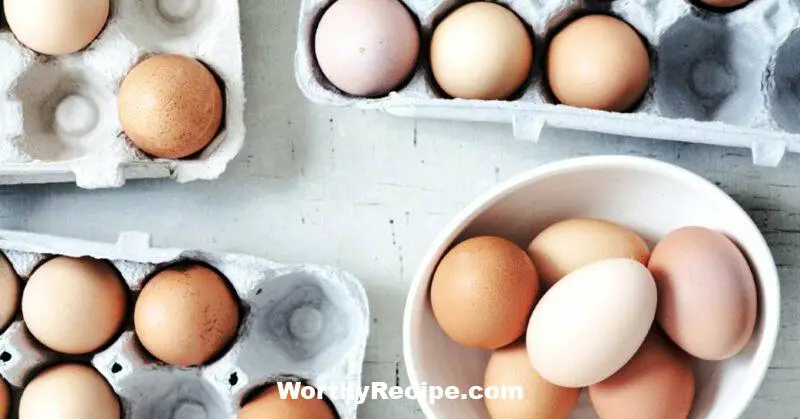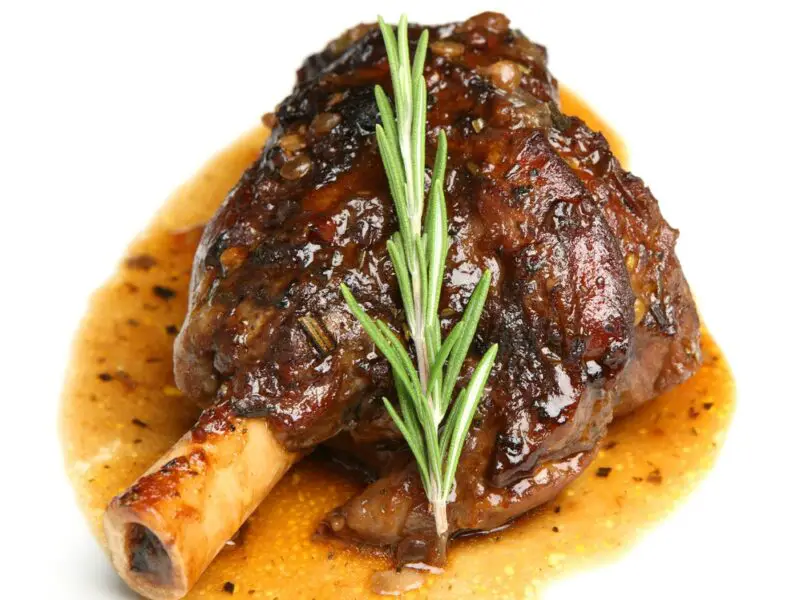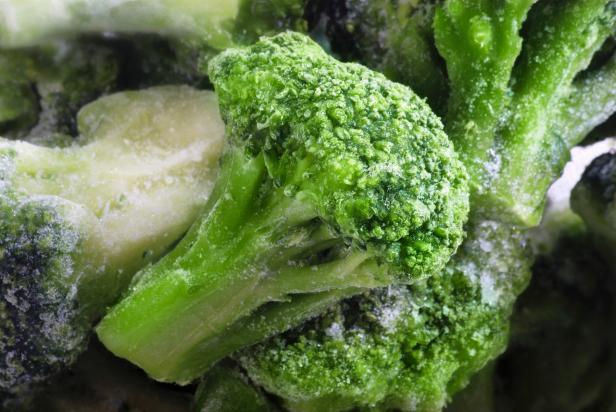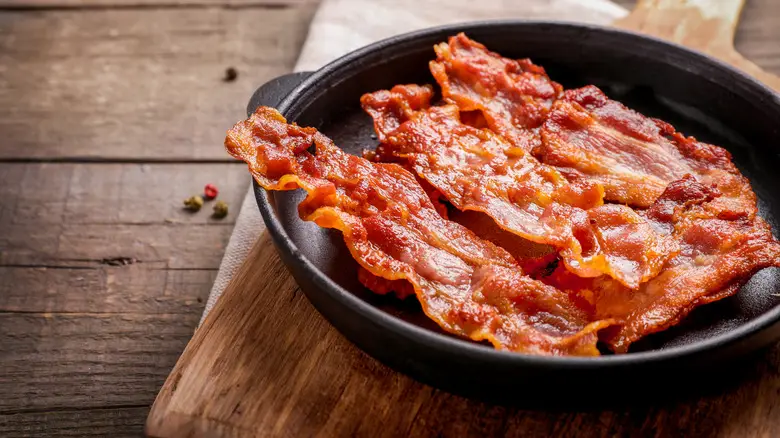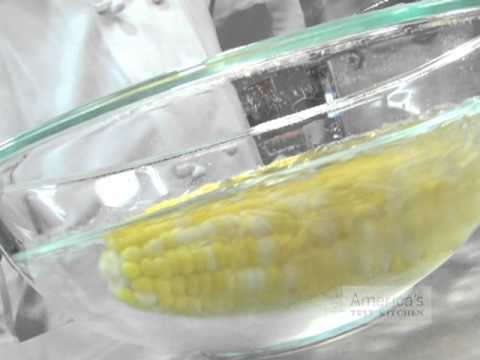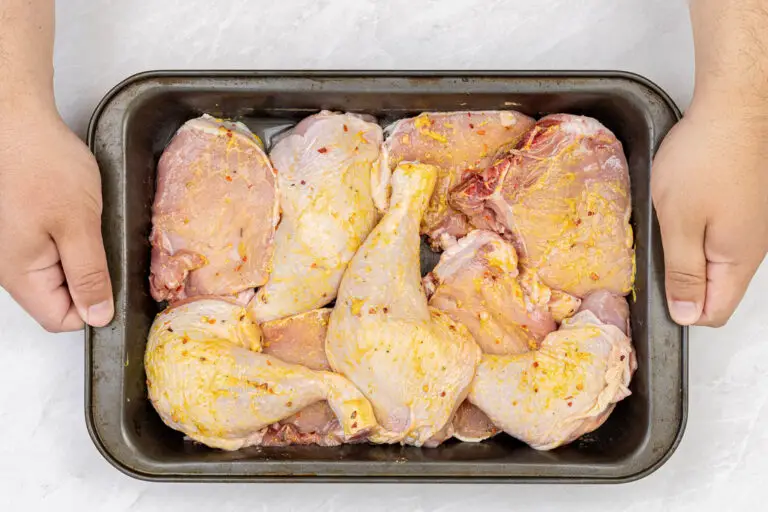The Importance of Weighing Eggs in Cooking
When it comes to cooking, understanding how to measure ingredients accurately is crucial to achieving the best possible results. One ingredient that can be particularly tricky to measure is eggs. Do you weigh them before or after cooking? And why does it matter? In this article, we’ll explore the science behind eggs, the differences between weighing them by weight and volume, and practical tips for home cooks.
The Science of Eggs
Before we dive into the specifics of measuring eggs, let’s take a closer look at what eggs are made of. Eggs are comprised of two main components: the yolk and the white (or albumen). The yolk contains fat and cholesterol, while the white is made up mostly of water and protein.
When you heat an egg, whether it’s boiled or cooked in a pan, its weight will change. This is because the heat causes moisture to evaporate, which reduces the overall weight of the egg. Additionally, as proteins in the egg’s albumen are exposed to heat, they begin to denature (unravel), which leads to coagulation (thickening). This solidifies the egg’s texture and further changes its weight.
Measuring Eggs: Weight vs Volume
When it comes to measuring ingredients for recipes, there are two primary methods: by weight and by volume. Measuring ingredients by volume is simple – just use measuring cups or spoons to portion out ingredients with specific capacities. Measuring by weight, on the other hand, requires the use of a kitchen scale.
While measuring by volume works well for some ingredients (like flour or milk), it can be less accurate for others – including eggs. Measuring by weight allows us to achieve more precise measurements since it takes into account variations in size and density between individual eggs.
How Precision Affects the Outcome of a Recipe
If a recipe calls for a specific amount of eggs (for example, “3 large eggs”), measuring them by volume can lead to inconsistencies. The size of an individual egg can vary by quite a bit, so two large eggs might not actually add up to the same amount if you measure them by volume. This can lead to unpredictable results in your finished dish.
On the other hand, measuring eggs by weight allows you to achieve more precise measurements. For example, a recipe that calls for 150 grams of eggs will always yield the same result – regardless of whether you use small, medium, or large eggs in your recipe.
Common Misconceptions About Measuring Eggs
There are a few common misconceptions when it comes to measuring eggs. One is the idea that a large egg always weighs the same as any other large egg. However, this isn’t necessarily true – there can be variations in weight between individual eggs even within the same size category.
Another misconception is that weighing eggs is only necessary for professional chefs or bakers. In fact, anyone who wants to ensure consistent and accurate results in their cooking can benefit from weighing their ingredients – especially if they enjoy baking.
Weighing Eggs Before Cooking
Now that we’ve established why weighing eggs is beneficial for accurate measurements, let’s take a closer look at how to weigh them before cooking. Weighing eggs before cooking can be particularly helpful if you need a specific quantity of eggs for a recipe.
The Benefits of Weighing Eggs Before Cooking
By weighing your eggs before cooking, you can achieve consistent and precise measurements every time. This is especially important when it comes to baking since small variations in ingredient amounts can affect the final texture and flavor of your baked goods.
Detailed Explanation of How to Accurately Weigh Eggs
To weigh your eggs before cooking, you’ll need a kitchen scale. Weighing scales come in a variety of sizes and styles, from simple digital scales to more advanced models with additional features.
To weigh eggs using a kitchen scale, follow these steps:
- Reset your digital kitchen scale to zero (this is known as “taring” the scale).
- Place a clean, dry container onto the scale.
- Add the raw egg(s) to the container until you reach the desired weight.
- Remove the eggs from the container and proceed with your recipe as directed.
Differences in Weight Between Raw and Cooked Eggs
It’s worth noting that there will be some differences in weight between raw and cooked eggs. Typically, cooked eggs will weigh less than raw eggs – especially if they are boiled or fried. This reduction in weight is due to moisture loss during cooking.
Weighing Eggs After Cooking
While weighing eggs before cooking is more common, there are some scenarios where you might want to weigh them after cooking. For example, if you’re creating a dish where the final weight of the cooked dish needs to be precise (like for meal prep or portion control purposes), measuring cookeds eggs by weight can be helpful.
Reasons Why Someone Might Weigh Eggs After Cooking
Weighing cooked eggs can help ensure that any dishes you’re preparing for yourself or others contain consistent serving sizes. If you’re trying to manage your caloric intake or reduce waste by portioning out leftover ingredients, this can be especially helpful.
Different Methods for Determining the Weight of Cooked Eggs
There are a few different methods for weighing cooked eggs, depending on your preferences and the equipment you have available. Here are a few options:
- Weigh the entire dish that contains the cooked eggs, then subtract the weight of any other ingredients that aren’t part of the dish.
- Weigh the raw eggs before cooking, then weigh them again after cooking. Subtract the difference in weight to determine how much water has been lost through evaporation. You can use this information to estimate how much your cooked eggs weigh.
- In some cases, you may be able to find pre-cooked eggs at your local grocery store with a known weight listed on the packaging.
How a Change in Weight Can Affect the Final Dish
If you’re measuring cooked eggs for precise portion control or nutritional tracking purposes, it’s important to consider how the added or subtracted weight will affect your final dish. If you’re making a serving of scrambled eggs, for example, removing even a small amount of eggs could significantly change its volume and texture.
Recipes That Call for Measuring Eggs by Weight
While many recipes call for measuring ingredients by volume (like cups or teaspoons), there are some recipes where weighing ingredients is a must – including those that require weighed eggs.
Examples of Recipes that Require Measured Ingredients
Some examples of recipes that require explicit measurement amounts include:
- Souffles
- Custards
- Cream pies
- Meringue desserts
- Cakes or pastries with delicate textures (like sponge cake)
Importance of Following the Recipe Properly
When it comes to recipes that require measured eggs (or any ingredient, for that matter), it’s important to follow the recipe instructions as closely as possible. Ingredient amounts can be especially critical in baking, where small variations in weight or texture can have major impacts on the finished product.
Comparison Between Recipes Using Volume and Weighed Measurements
To illustrate how using weighed measurements can result in more accurate results, let’s take a quick look at two recipes – one measured by volume, and another measured by weight.
Recipe #1 – Measured by Volume:
- 2 cups all-purpose flour
- 1 cup whole milk
- 2 large eggs
- 1/2 cup granulated sugar
- 1/4 cup unsalted butter, melted
Even though this recipe specifies “2 large eggs”, the exact weight of those eggs could vary significantly based on their size. This can lead to inconsistencies in texture or overall volume from batch to batch.
Recipe #2 – Measured by Weight:
- 225 grams all-purpose flour
- 240 milliliters whole milk (weighed out)
- 150 grams large eggs (about 3 eggs)
- 100 grams granulated sugar
- 113 grams unsalted butter, melted
By weighing each ingredient more precisely, this recipe ensures that the ratios between components are more consistent from batch to batch. This makes it easier to achieve reliable results and create more consistent dishes.
Practical Considerations for Home Cooks
If you’re interested in measuring your ingredients more precisely, there are a few practical considerations to keep in mind.
Tips for Finding an Accurate Kitchen Scale
When it comes to purchasing a kitchen scale, there are a few important factors to consider:
- Easy-to-read display
- Sturdy, stable base
- Able to switch between metric and standard measurements
- Ability to “tare” (reset) the scale to zero easily
Advice on Working with Weighed Measurements Without a Scale
If you don’t have access to a kitchen scale, you can still use weighed measurements in recipes. Simply use an online calculator or conversion tool to determine how much of each ingredient you need. For example, if a recipe calls for 150 grams of eggs and you don’t have a scale, you could use this online conversion tool to determine how many large eggs you would need instead.
Weighing Other Ingredients Alongside Eggs
While we’ve been focusing specifically on weighing eggs in this article, it’s worth noting that weighing other ingredients alongside your eggs can also be helpful. Measuring flour or sugar by weight, for example, can help ensure that your recipes are consistent and that your finished dishes turn out as intended.
How Weights Affect the Balance of Ingredients in a Recipe
When using weighed measurements, it’s important to remember that altering the proportion of one ingredient can affect the balance of all the others. For example, if you want to alter the sweetness of a recipe and add more sugar than is called for, you’ll also need to adjust other ingredients like flour accordingly.
Resources for Determining Proper Measurement Ratios
If you’re new to cooking by weight or want some extra guidance when it comes to finding proper measurement ratios, there are several resources available online. Websites like King Arthur Baking, Serious Eats, and The Kitchn offer conversion charts, detailed guides, and other helpful resources to help you perfect your weighing skills.
Conclusion
Measuring ingredients by weight (rather than volume) can be a game-changer when it comes to cooking – especially when it comes to ingredients like eggs that can vary in size and density. By following the tips outlined in this article and investing in an accurate kitchen scale, you can achieve more consistent and precise results in your cooking. Whether you’re a seasoned chef or just starting out in the kitchen, weighing your ingredients is a smart step to take if you want to achieve the best possible results.
Can You Weigh Eggs Before Cooking?
Yes, you can weigh eggs before cooking them. This is particularly important when following a recipe that requires a specific amount of eggs. Measuring the weight of an egg before cooking will help ensure that you have the right amount to achieve the best result for your dish.
How Do You Weigh Eggs?
To weigh eggs, you need a kitchen scale. Place the scale on a flat surface and set it to zero. Then place the egg on the scale and record its weight in grams or ounces depending on your preference.
Do Eggs Lose Weight When Cooked?
Yes! When an egg is cooked, it loses moisture which means it will lose some weight. The amount of weight loss varies depending on how the egg is cooked. Boiled eggs will lose less weight compared to fried eggs.
Should You Weigh Eggs Before or After Cooking?
When weighing eggs, you should weigh them before cooking. This is because different cooking methods and lengths of time can affect the weight of an egg. To get accurate measurements, always weigh your eggs before subjecting them to heat or any other cooking method.
